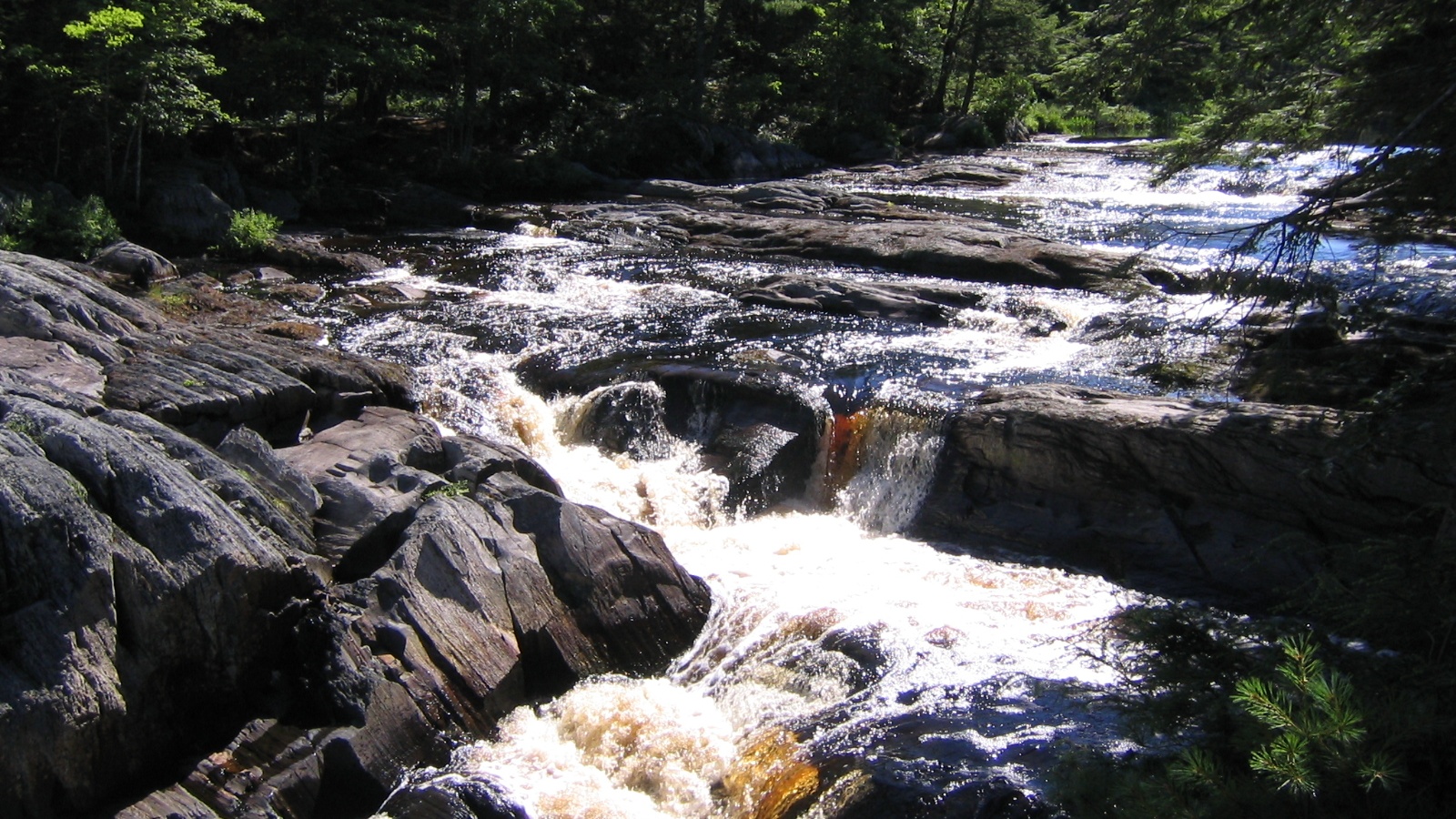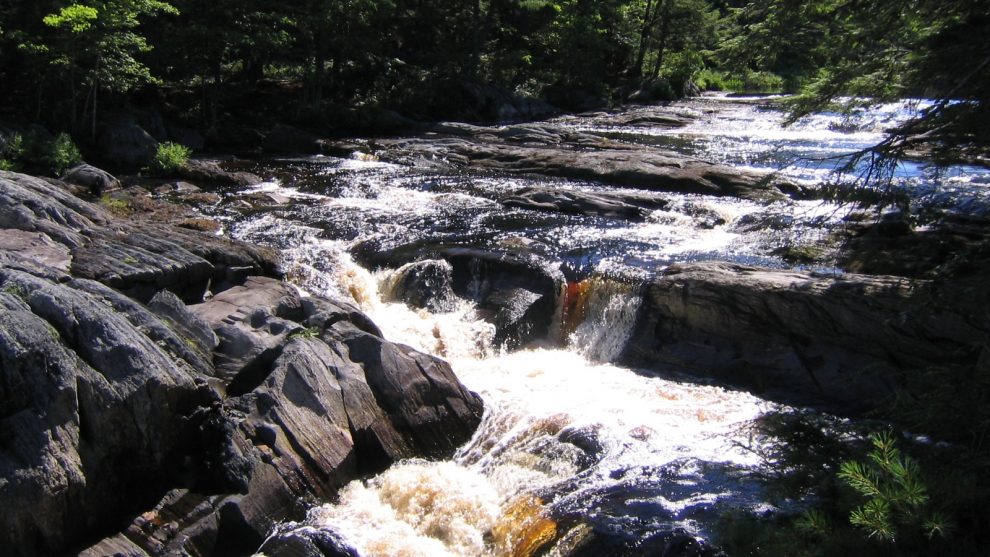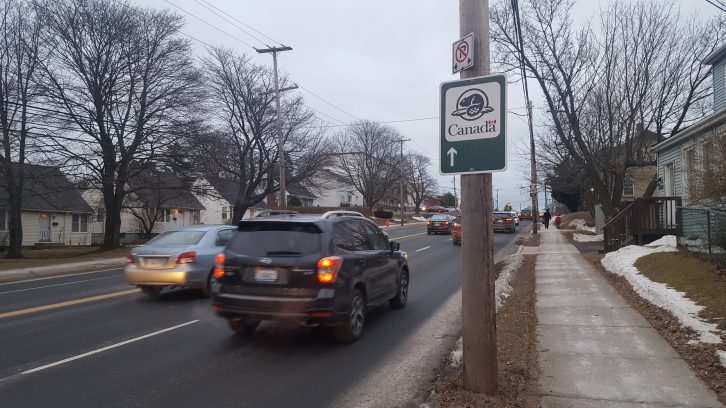National Parks
Kejimkujik expected to benefit from Canada 150
Will free entrances to national parks be a positive for Kejimkujik?

caption
Kejimkujik National Park

caption
Kejimkujik National ParkTo celebrate Canada’s 150th anniversary, a “discovery pass” has been issued to Canadians wishing to access all national parks for free. The projected tourism boost that could result from this initiative is scaring many fans of the busier national parks, but the forecast is a lot more positive for Kejimkujik.
“We see this as a great opportunity for us,” says John Sheppard, superintendent at Kejimkujik National Park. “It’s a chance to welcome all kinds of people from different backgrounds. Some of whom may have never been to small parks before or may not be familiar with them.”
Nature conservation experts have recently expressed concerns over the expected increase in traffic in certain parks, like Banff and Jasper in Western Canada. Ben Gadd, author and naturalist, fears that the parks are going to be over-stretched and not be able to adequately protect the fauna and flora. Having larger crowds can lead to more garbage left behind, more collisions with animals and a general disruption of a fragile ecosystem.
“It’s a legitimate concern especially in more popular and larger national parks out west where they already have a problem with traffic,” says Raymond Plourde, wilderness coordinator at the Ecology Action Centre.
But for smaller parks, like Kejimkujik, Plourde hopes that free access will allow Canadians to visit more parks and understand the importance of having a functioning ecosystem. “This will hopefully counteract the fact that Canadians are increasingly living in urban centers and are disconnected from nature,” says Plourde.

caption
Road sign for Parks CanadaAccess to the parks is given to anyone with the Parks Canada Discovery Pass. The pass can be obtained online after the applicant enters their full address into their website. Parks Canada says they’re using that information to predict how much of a traffic increase each park can expect.
The expected hike of visitors also means that more will be asked from each park’s staff. Sheppard says they have accounted for that and will have a larger team this year. They had an increase of 16 per cent in staff last year and they expect to exceed that this year.
“We are making preparations for that; we are looking to have more staff and uniform presence in some key areas” he said. “We want to be able to get there and provide them information about what it takes to not only have an enjoyable visit, but also a visit that doesn’t lead to impact on the ecology.”
Kejimkujik is not only a national park, but it is also a national historic site, as it is home to Mi’kmaq artifacts and petroglyphs.
They are protected from the public and only accessible through guided tours. Norm Green, who works for Friends of Keji, does not think that those historical sites are in any danger with the projected boost of new visitors. The association works with Parks Canada to help protect Kejimkujik.
Green hopes the rise of visitors will also draw visitors to the historic sites, so that they can learn more about the Mi’kmaq culture.

